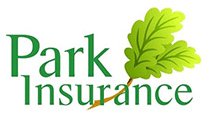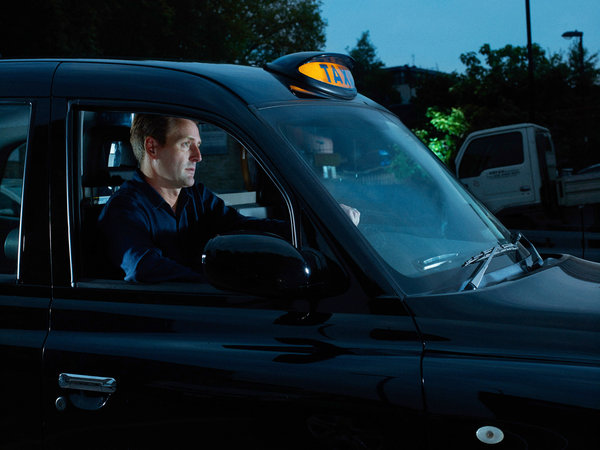In order to drive a taxi in the UK, whether a black cab or a private hire vehicle, you will of course need a valid UK driving license. But this isn’t always enough, and many councils require that you also take a dedicated taxi driving test, known as a DVSA (Driver and Vehicle Standards Agency), taxi assessment. To find out if you need to take the test in your area, you should contact your local council – you can find a handy database of local councils.
What does the UK taxi driving test involve?
There are a number of core elements of the test. These are:
- Practical – For this you will be required to drive around for approximately 10-15 minutes without directions, in the company of an examiner. You will also have to carry out a tuning manoeuvre, and stop at the side of the road to simulate passengers getting in or out of the vehicle.
- Eyesight test – You’ll need to be able to read a number plate from a distance of 20 metres (20.5 metres for old style plates), with or without glasses/ contact lenses. If you wear your glasses or contacts for this portion of the test, you will have to use them throughout the rest of the test.
- Wheelchair exercise – This portion is optional and will only apply if you are taking the ‘enhanced’ assessment, or the ‘upgrade’ assessment which boosts your standard assessment pass to a wheelchair accessible pass. Using a wheelchair accessible vehicle you’ll be required to load and unload the wheelchair in a safe manner, engage and disengage the wheelchair brakes, and fasten any belts or harnesses.
- Knowledge assessment – This may form part of the practical test or it may be a separate written assessment., and will feature questions relating directly to taxi driving and interactions with customers, and more general road safety questions from the highway code. Many councils also have a specific ‘Knowledge test’, which assesses the driver’s geographical knowledge of the area.
Getting ready for your test
If you’re planning on becoming a taxi driver, chances are you’re already an accomplished driver so this portion of the test should give you little difficulty. But you may want to spend a little time preparing for potential questions that you might be asked, to avoid being caught out. Here are a few sample questions that may help you to prepare.
- What is your stopping distance when travelling at 35mph in the wet?
- Name five local landmarks and give directions on how to get there
- Identify the following sign…
- What features should be fitted to your vehicle?
- What would you do if the rank was full?
- How much change should you give a passenger if the fare is £12.60 and you are given two ten pound notes?
- Where would you find [local destination x]?
- What road would you take to get to x?
- What should you do if you find a handbag that has been left in your vehicle?
Some local councils put sample tests online so you can get a closer look at some of the kind of questions that you’ll be asked. To get you started, here are a few sample papers from Central Bedfordshire Council Swindon Council.
For more information on what you need to do and bring on the day of the test, take a look at the official government website.
Once you’ve successfully passed your taxi driving test, you will of course need to upgrade to specialist taxi insurance, so get in touch with Park Insurance to get a good deal and honest advice.

